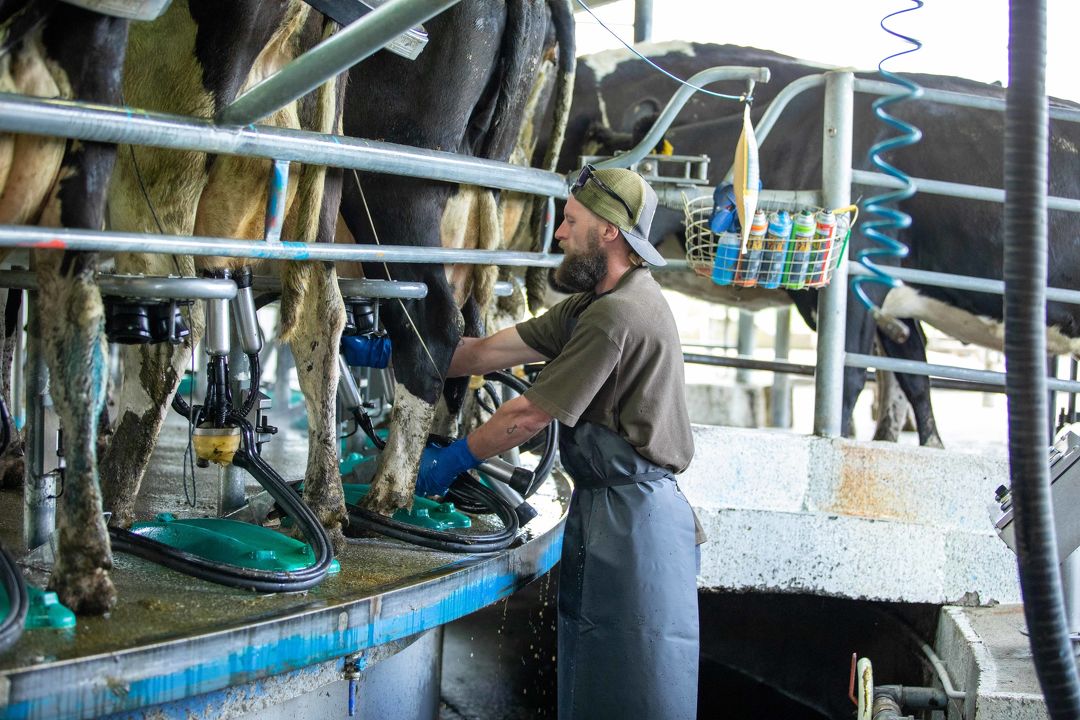Focusing on teat condition during late lactation
11 Mar 2025

Cooler temperatures, wind and increased moisture can contribute to teat dryness and cracking, creating an environment where mastitis-causing pathogens thrive. While early lactation teat care is well recognised, maintaining teat condition in late lactation is just as crucial, if not more so, before drying off the herd.
Teat condition plays a key role in reducing the risk of mastitis. When teat skin is dry, cracked or damaged, it produces cracks and crevices that can harbour bacteria and reduce the teats' natural defenses. One of the most effective ways to promote healthy teat skin and prevent dryness and cracking is teat spraying. Whether application is manual or automatic, the entire teat end and barrel should be adequately covered post milking.
In the final six weeks of lactation, as weather conditions shift, a recommended mix rate of 1:6 with emollient levels between 12–15% helps maintain teat health.
Soft, supple teats also make administering Dry Cow Treatment (DCT) and Internal Teat Sealants (ITS) easier. This helps to reduce stress for both cows and farm staff and reduce injuries from kicking cows. If teats show signs of severe damage, applying a teat cream can aid skin repair before drying off. FIL’s Active Teat Cream is an iodine-based antiseptic cream enriched with Mānuka honey.
Understanding the specific mastitis pathogens present in the herd, along with somatic cell count, will ensure that more informed decisions are made, especially for farmers adopting selective DCT. Conducting pathogen identification can help detect bacteria such as Staphylococcus aureus, allowing strategic dry cow management decisions.
Remember to always spray teats thoroughly with freshly made teat spray after administering treatments.
Prioritising teat condition in late lactation not only reduces mastitis risk but also streamlines the dry-off process, setting the herd up for a healthy and productive season ahead.
Back...
